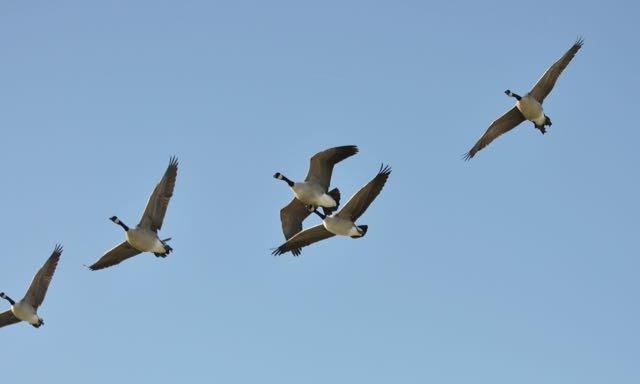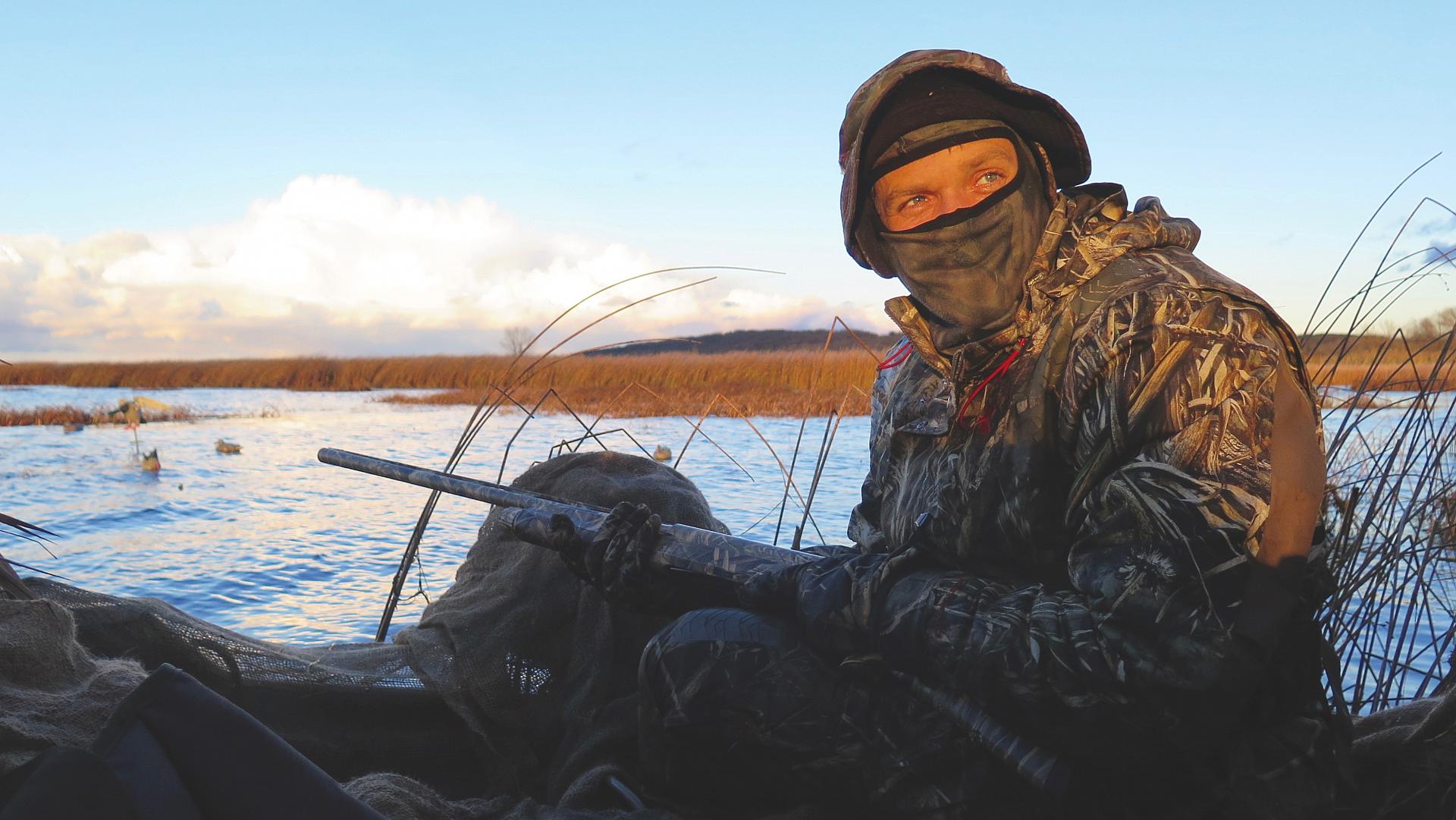Advertisement
#4 The Birds Won’t Commit To Your Spread

This is the most common challenge hunters encounter. You did a great job of spotting the field, you’re set up in the right place and the birds are on their way. But just as they close to 100 metres and you’re preparing for a shooting opportunity, they unexpectedly veer off. Then the second flight mimics the first. So, how do you remedy this?
First, scrutinize how the birds are reacting—are they flaring or simply sliding off to the side? If they’re flaring, it’s usually because they’re seeing something that makes them suspicious. Get out of your blind and take a careful look at your set-up from a distance. Are approaching birds seeing something reflective, such as spent shells? Could it be that someone in your group is peeking early and revealing a shiny face? Are the decoys reflecting light because of frost? Was something out of place, left out on the ground during set-up in the dark?
Advertisement
Sometimes, the problem is a combination of sun and wind. As a rule, avoid traditional set-ups on sunny mornings with a west wind, or on sunny afternoons with an east wind. Either scenario means birds will be approaching directly into the sun, with its glare bouncing off your decoys. Flocked decoys can help, but often the best remedy is to position your blind along one wing of your set-up and shoot approaching birds from the side.
If the birds are just sliding off to one side, it’s often a case of decoy positioning or you’ve run into previously hunted birds that have become blind shy. Start by opening up one side of your decoys to accommodate the side the birds want to be on. If that doesn’t work, the best solution is to move your blind onto one wing and shoot the birds as they cross. With this crosswind set-up, approaching birds won’t have a blind full of hunters staring them in the face.
Finally, if problems persist, consider your calling. Most often, less and quieter calling is preferred to loud calls, and over-calling can make birds nervous just as they’re looking to commit. As a guideline, the only time to call raucously is when approaching birds are doing the same. Otherwise, less is generally more once birds are on their final approach.
Advertisement

